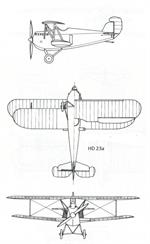| Type |
Single seat carrier-borne fighter |
| Engine |
1 BMW VI |
1 Hispano-Suiza 12Ha |
| Dimensions |
Length 7,55 m, height 3,79 m, span 10,80 m, wing area 36,0 m2 |
| Weights |
Empty 1470 kg, flying weight 2070 kg, fuel 550 l in midsection upper wing |
Empty 1275 kg, flying weight 1830 kg, fuel 550 l in midsection upper wing |
| Performance |
Max. speed 250 km/h, service ceiling 7900 m, climb to 1000 m 1,6 min., to 3000 m 5,8 min., to 6000 m 18,4 min., landing speed 88 km/h |
|
| Armament |
2 fixed 7,7 mm machine guns and 2 x 30 kg bombs |
